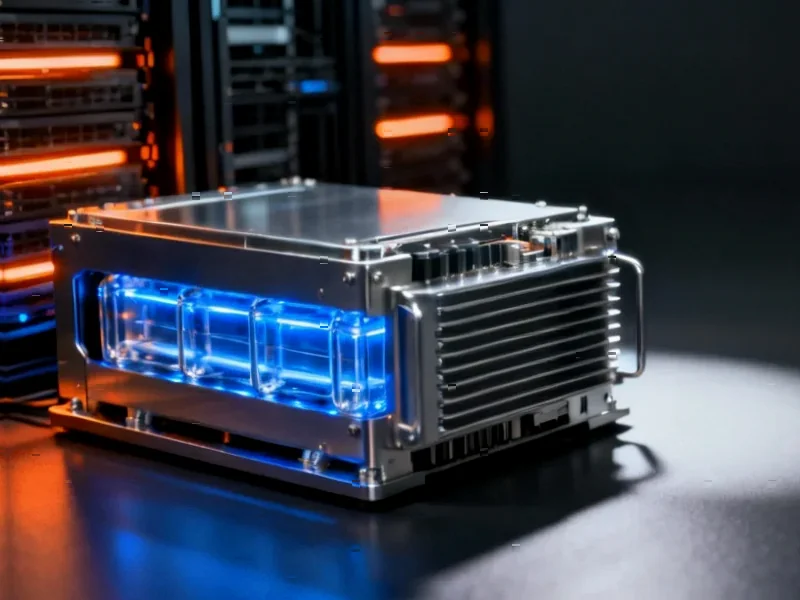According to engineerlive.com, the fossil energy sector is moving beyond decades-old centralized automation models toward field-orchestrated autonomy. This approach enables certified mobile platforms to operate as intelligent orchestration agents that make decisions closer to operational data sources. These AI-equipped devices can assess situations, collaborate with peer systems, and implement coordinated responses while maintaining full regulatory compliance. A key concept called “swarm governance” allows devices to form temporary decision-making groups that evaluate complex conditions holistically. Simulations in refinery and upstream environments show orchestration nodes maintain functionality during network disruptions, allowing operations to continue safely even when communications infrastructure is compromised.
Why this matters now
Here’s the thing – we’ve been automating industrial operations for decades, but always with this centralized command structure. Everything had to go back to some control room, get processed, and then commands would flow back out. That works fine until it doesn’t. In hazardous environments like offshore platforms or complex refineries, seconds matter. A gas leak or pressure anomaly doesn’t wait for your data to travel to headquarters and back.
Field-orchestrated autonomy basically flips the script. Instead of everything going up to the mothership, you’ve got smart devices that can talk to each other and make local decisions. They’re not going rogue – they’re working within strict parameters and still keeping humans in the loop for the big calls. But for routine safety responses or coordinated actions between multiple sensors? They can handle that themselves.
The swarm governance advantage
This “swarm governance” concept is pretty fascinating. Think about it like this: when multiple sensors detect anomalies simultaneously, instead of each one screaming individually to a central system, they can form a temporary committee. They exchange information, determine the best collective response, and act in unison. It’s like having a team of experts on-site who can make quick, informed decisions without waiting for management approval.
And the resilience aspect is huge. Simulations show these systems keep working even when network connections go down. That’s critical in remote locations or during emergencies when communications are often the first thing to fail. The operations don’t grind to a halt – they just shift to this distributed intelligence model until connectivity is restored.
Broader implications
For energy companies, this isn’t just about incremental improvements to their existing systems. It’s a fundamental shift in how they think about operational intelligence. They’re creating ecosystems where decision-making is decentralized but governance remains centralized. That’s a tricky balance to strike, but it gives them way more adaptability as they face energy transition challenges.
What I find interesting is how this aligns with broader trends toward predictive and self-optimizing operations. We’re seeing this across industries – the move toward processing data where it’s generated rather than shipping everything to the cloud. In high-risk environments, that local processing capability becomes a safety feature, not just an efficiency play.
The human element
Now, before anyone gets worried about robots taking over oil rigs, that’s not what this is about. The approach is explicitly designed to enhance human decision-making, not replace it. Strategic oversight stays with people, while the day-to-day operational decisions get handled closer to where they’re needed.
Basically, we’re talking about a hybrid intelligence model. You get the adaptability of distributed systems with the assurance of central governance. For organizations trying to build resilience in the face of changing market and environmental conditions, that combination could be exactly what they need to stay competitive while maintaining safety standards.




